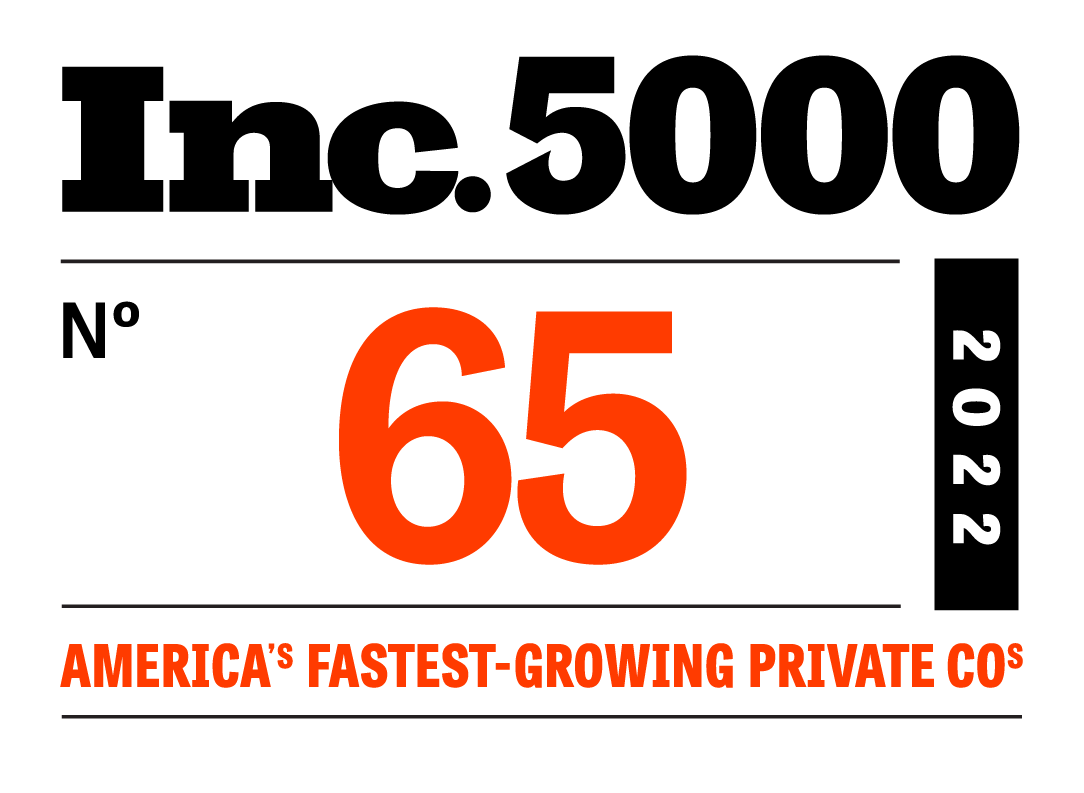
May is National Small Business Month, and the owners of these establishments have a lot to celebrate in 2019.
According to the most recent numbers from the Federal Reserve, nearly 60 percent of small businesses saw revenue growth last year, with a full third adding employees to their payroll. Both of these figures represent increases from 2017, and projections show revenues on the rise in the year ahead.
Simply put, business is booming—and it’s leading to a greater demand for small business loans. In fact, 43 percent of the more than 6,600 survey respondents confirmed that they had applied for financing in the prior 12 months. The large majority of them, 56 percent, said the reason they applied was to expand their business, pursue new opportunities, or to acquire business assets.
Unfortunately, lenders aren’t exactly meeting the needs of the small business community, which represents 99.7 percent of all US employers, according to the report.
The Fed’s latest Small Business Credit Survey notes that the biggest challenges facing lenders looking to serve small businesses are speed and pricing. For large and small banks alike, respondents registered frustration with long waits for decisions and difficult application processes. Online lenders, on the other hand, left respondents upset about high-interest rates and unfavorable repayment terms.
Here, it’s important to note that the Fed defines alternative lenders as “online lenders,” excluding community, regional, and national banks that also provide digital-lending services.
With that in mind, the report also mentions that, although applications to online lenders are once again up year over year, overall satisfaction with these institutions is on a downward trend—especially when compared to small businesses’ satisfaction with large and small banks.
Clearly, an opportunity exists for banks to reach out to applicants who have been disaffected by the online lenders who promised faster and simpler user interfaces, but supplemented a better digital experience with less forgiving rates and repayment plans.
If banks are to take advantage of this divide, they can surely help close the gap represented by small businesses who are either not meeting or barely meeting their financing needs.
That said, consider these statistics also highlighted in the report:
- 48 percent of small businesses say their financing needs were met
- 23 percent of small businesses say they face financing shortfalls
- 29 percent of small businesses say they have unmet funding needs
And while these numbers help underscore the opportunity at hand, bankers can’t afford to let them become the trees that obstruct our view of the forest. Those considering a new lending strategy or approach need to remember these numbers in the context of the dissatisfaction borrowers are feeling towards online lenders.
Often times we confuse the option of least resistance as the best option, and for bankers, this amounts to outsourcing digital lending to a third party offering a black box solution. While these options may seem appealing on their face, the short term benefits users notice are often heavily outweighed by the reality of outsourcing this important business function.
For example, banks that adopt an outsourcing approach are not investing in a system that can scale with their bank and future lending needs—they’re essentially kicking the digital lending problem down the road. Further, although third parties pitch their customer service solutions as an added benefit, this part of outsourcing, in particular, is dangerous and threatens to harm the relationships banks have relied on as differentiators for decades.
Rather, banks should consider the strategy put forth by former head of the Small Business Administration Karen Mills in her new book Fintech, Small Business and the American Dream. In it, Karen makes her case for the future of small business banking and suggests that this future is defined by the partnerships forged between fintechs and small banks.
As banks, particularly relationship banks, consider how they will confront the lending landscape outlined in the Fed’s Small Business Credit Survey report they should think about industry players who have already crossed this hurdle. For example, reviewing our case study on Eastern Bank’s successful foray into digital lending may prove particularly helpful.
Get access to the Fed’s Small Business Credit Survey, here.







